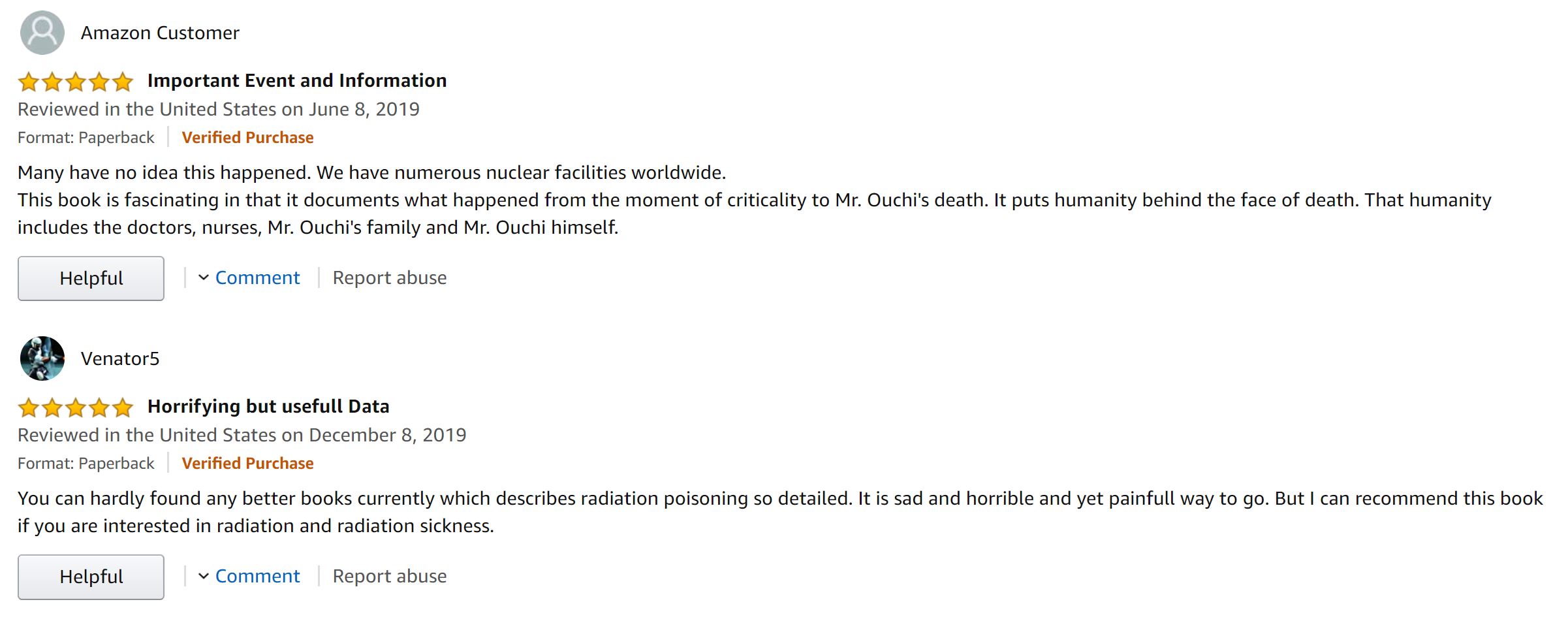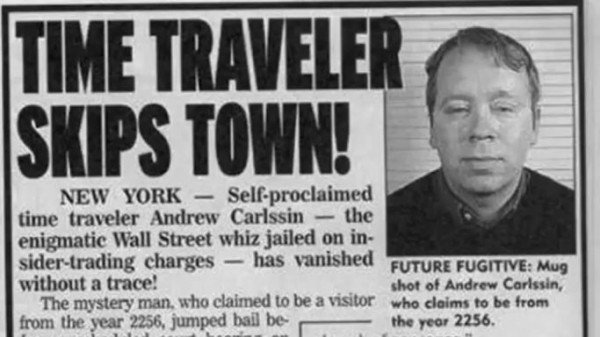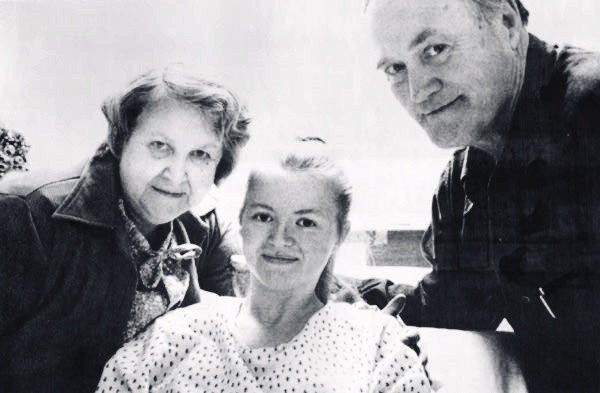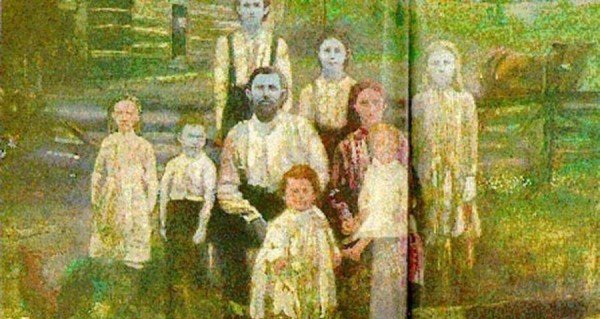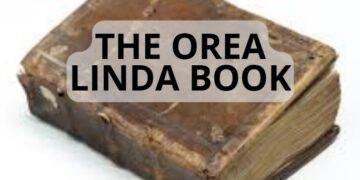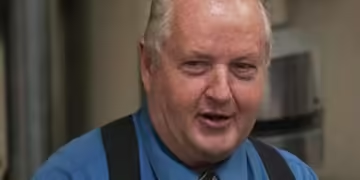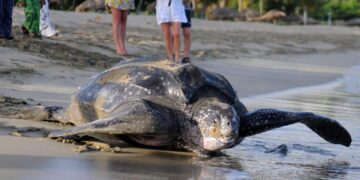Hisashi Ouchi was a lab technician who worked at Tokaimura Nuclear Power Plant in Japan. This plant was operated by JCO, the Japanese Nuclear Fuel Conversion Company.
Page Contents
Cause Of The Tokaimura Nuclear Accident:
Hisashi Ouchi, aged 35, Masato Shinohara, aged 39, and Yutaka Yokokawa, aged 59, were working at the Japan-based Nuclear Power Plant.
Ouchi and Shinohara were preparing a batch of nuclear fuel by adding uranium to a precipitation tank. Yokokawa was at his desk about 4 meters away from the container.
Suddenly, they saw a bright blue spark flickering above the tank. The mixture resulted in a nuclear reaction emitting neutron radiation and gamma rays.
After that, a horrible accident took place at the location. Their experiment reached a critical stage due to several factors.
First, the maximum permissible amount of uranium content in the mixture was 2.4 kilograms. When the reaction happened, there were 16 kilograms of uranium in the solution.
Second, these technicians had no training in this level of enhancement of uranium for fuel. This was the first time this procedure had been tried in this factory in three years.
The nuclear plant was only inspected two times a year by the state controller. It had never been examined while the plant was in operation.
The Fate Of Hisashi Ouchi:
The effects of the radiation on Hisashi Ouchi were instant. He was in pain and couldn’t breathe properly. He vomited into the tank and lost consciousness in the chamber. Ouchi, along with the other two technicians, was immediately admitted to the Mito Hospital.
Hisashi, being nearest to the tank, got affected by 17 Sieverts of radiation. This is perhaps the highest dose of radiation any human has ever experienced. Shinohara and Yokokawa received fatal doses of 10 and 3 Sieverts.
50 mSv (1 Sv = 1000 mSv) is the maximum allowable annual dose of radiation, and 8 sieverts is viewed as the mortal dose.
According to the doctors, Ouchi experienced some severe burns in that incident. His internal organs were damaged completely. Surprisingly, the white blood cell count in his body was near zero, destroying his entire immune system. The fatal radiation also eliminated his DNA.
The nearly skinless and skeletal body of Hisashi was rapidly poisoning him inside. Despite numerous skin transplants, he continued to lose body fluids through the pores of his skin-burns affected his blood pressure to be unbalanced.
At one moment, Ouchi was bleeding from his eyes. His wife got shocked and said he was crying blood.
As Hisashi’s condition was getting worse, the National Institute of Radiological Sciences in Chiba, Chiba Prefecture, moved him to the University of Tokyo Hospital. He reportedly undertook the world’s first transfusion of peripheral stem cells, so that the white blood cells could be begun to produce again in his body.
The Japanese government gave high priority to Hisashi’s medical care. A group of top medical professionals was assembled from Japan and around the world. They discussed the poor condition of radiation that affected Hisashi Ouchi.
In the process, doctors kept him alive by pumping a high amount of blood and fluids into him regularly. Medics also gave him drugs mainly imported from various places.
It was also reported that during the time of his treatment, Ouchi requested several times to release him from the intolerable pain. He doesn’t want to be a guinea pig anymore.
However, it was pondered a matter of national self-esteem that put the special medical team under pressure. So, despite knowing that Ouchi will die, doctors made an effort to keep him alive for 83 days.
On the 59th day of Hisashi’s treatment, his heart stopped three times in just 49 minutes. This caused severe damage to his brain and kidneys.
Medics had taken Ouchi on total life support, until he finally died on December 21, 1999, due to multi-organ failure.
Hisashi Ouchi is contemplated as the most nuclear radiation-affected victim in our medical history. He spent the final 83 days of his life in the most uncomfortable condition.
What Does Nuclear Radiation Do To The Human Body?
There are microscopic bodies known as chromosomes inside the nucleus of each of our body cells. They are responsible for the function and reproduction of each cell in our body, allowing us to live.
Chromosomes are made of two large molecules of deoxyribonucleic acid (DNA). Nuclear radiation affects the atoms in the human body by eliminating the electrons. This breaks the atom bonds in DNA.
If your DNA gets damaged, cells can’t replicate, and they die. Those that can still reproduce create more dented cells. When the damaged cells multiply, it creates cancer.
Hisashi’s exposure to nuclear radiation was so severe that his chromosomes got destroyed.
Did Yutaka Yokokawa And Masato Shinohara Also Die?
Yutaka Yokokawa and Masato Shinohara were still in the hospital.
Shinohara seemed to be getting better. He was taken in his wheelchair to visit the hospital gardens on New Year’s Day 2000.
Later, Shinohara was diagnosed with pneumonia, and the radiation injured his lungs. Due to this, he was unable to speak in those days.
Masato had to write messages to nurses and his family. Some of those contain pathetic words like “Mommy, please.”
On April 27, 2000, Masato Shinohara also left this world due to multi-organ failure. Whereas, Yutaka recovered after staying in the hospital for over six months.
The Tōkai-Mura power plant was found to be ultimately the result of human error. The plant was fully automated and fitted with neutron monitoring equipment.
This Japan-based plant had a history of taking shortcuts and putting their employees at risk to speed up production.
Ouchi and Shinohara’s deaths were the ultimate penalization for their recklessness.
A Slow Death: 83 Days of Radiation Sickness
There is a book on this tragic case titled “A Slow Death: 83 Days of Radiation Sickness” where ‘Hisashi Ouchi’ has been called ‘Hiroshi Ouchi.’ This book documents the 83 days of treatment after the incident until he passed away.
This book is published by the NHK (Nippon Hoso Kyokai) TV crew and is available on Amazon. NHK is a public broadcaster in Japan. The book is an original TV documentary produced by NHK which was aired in May 2001. The documentary won the Gold Nymph Award–the highest award possible–at the 42nd Monte Carlo Television Festival in 2002.
The book has an overall rating of 4.5/5.0 on Amazon with some positive reviews. A must-read to know more about this event.

